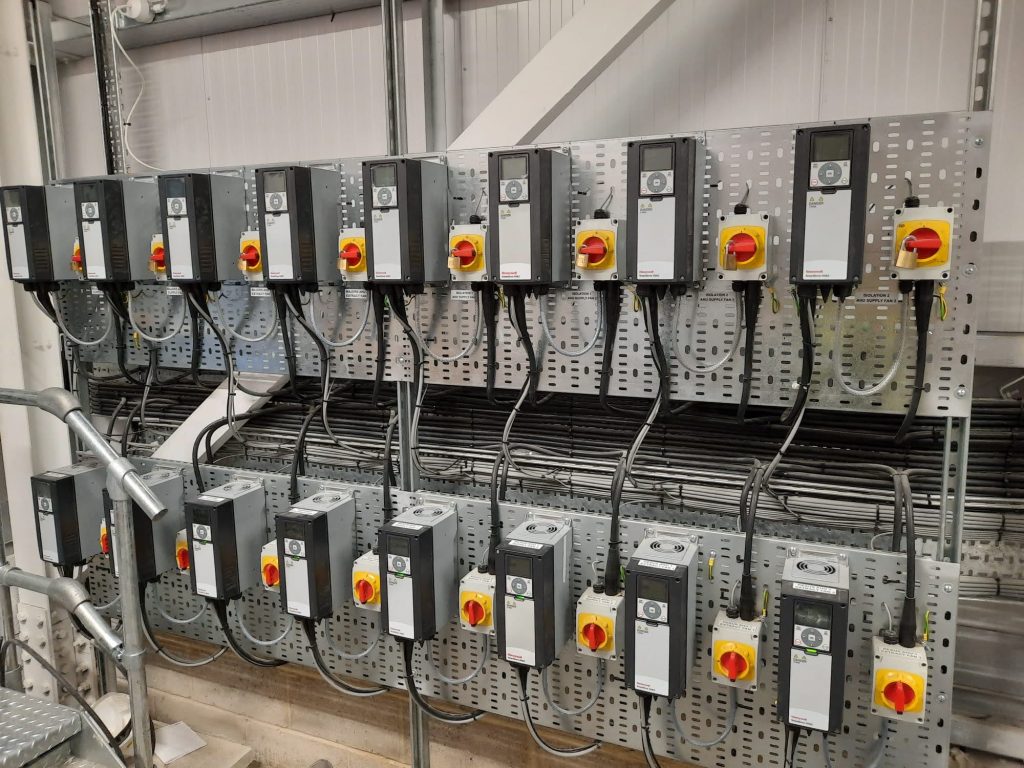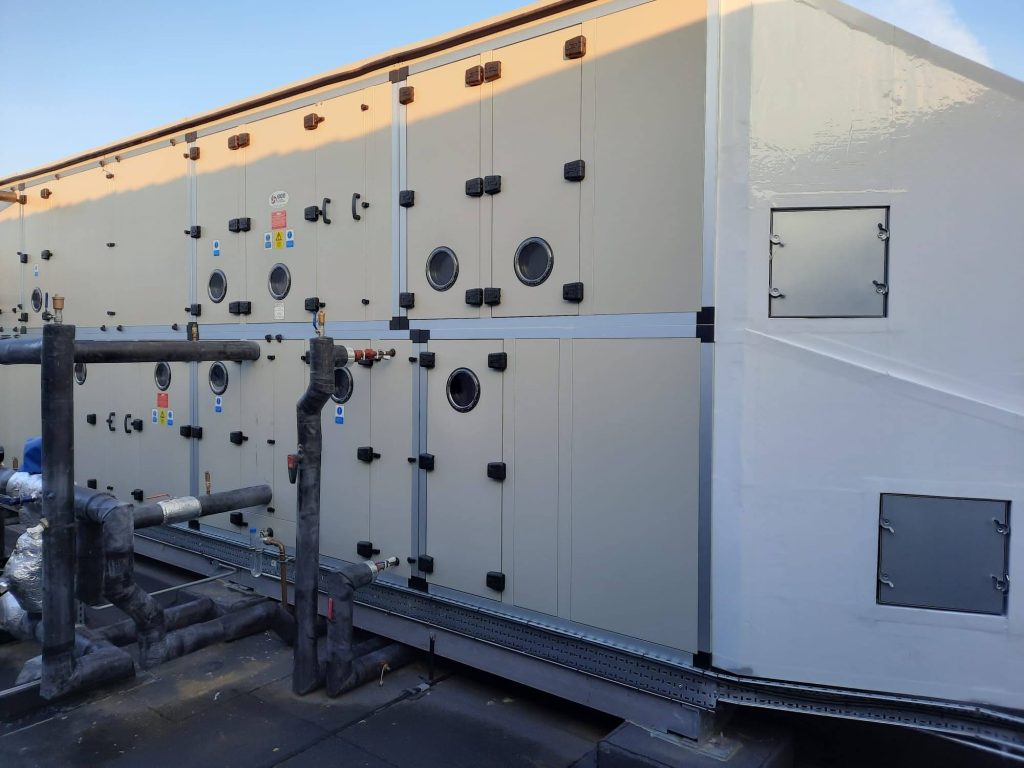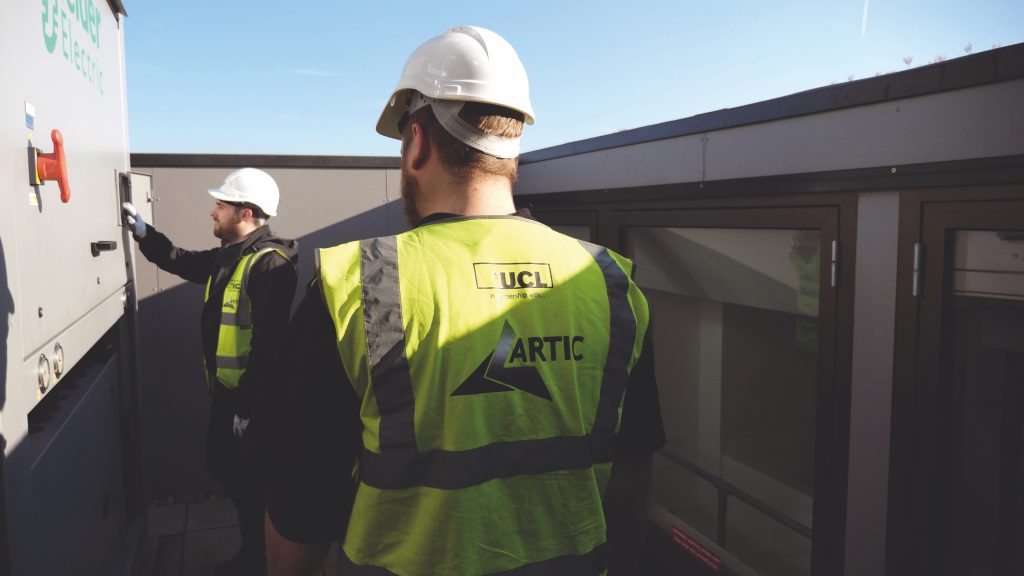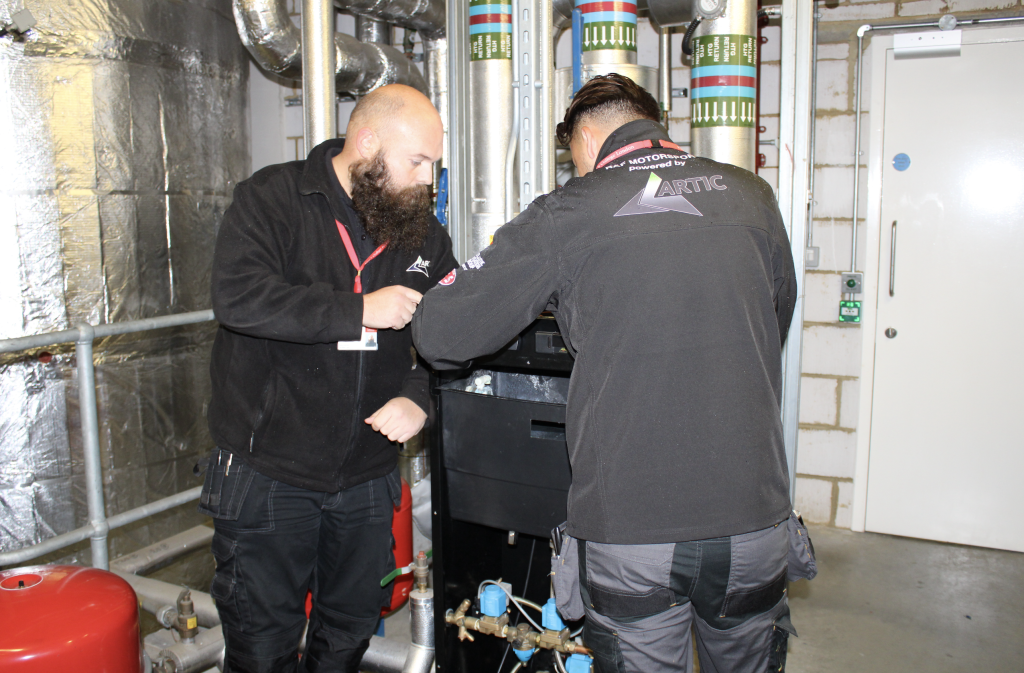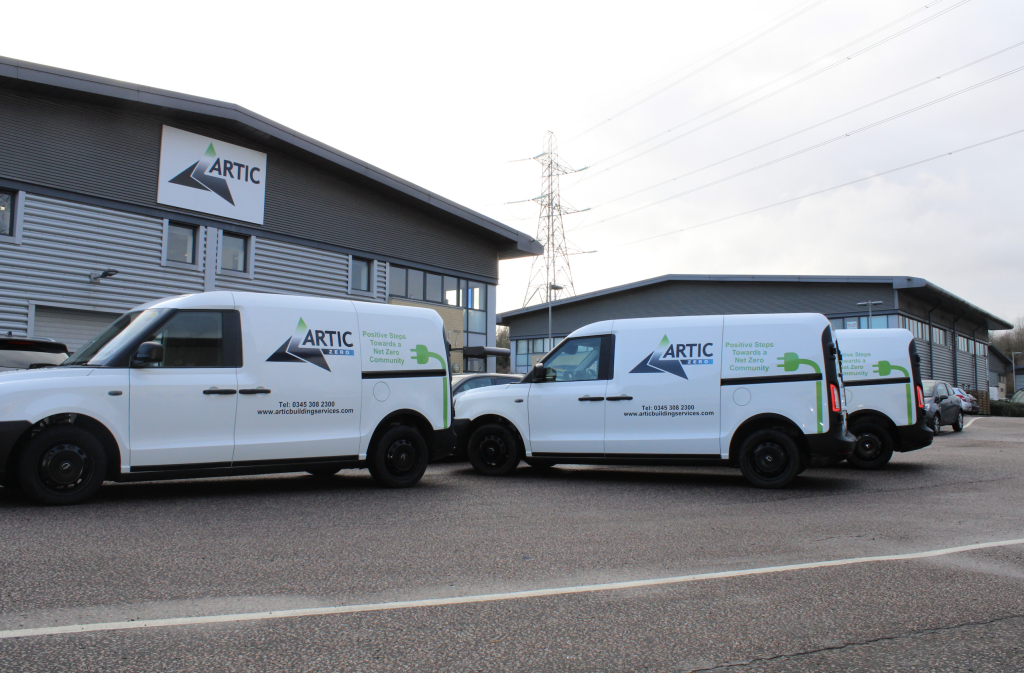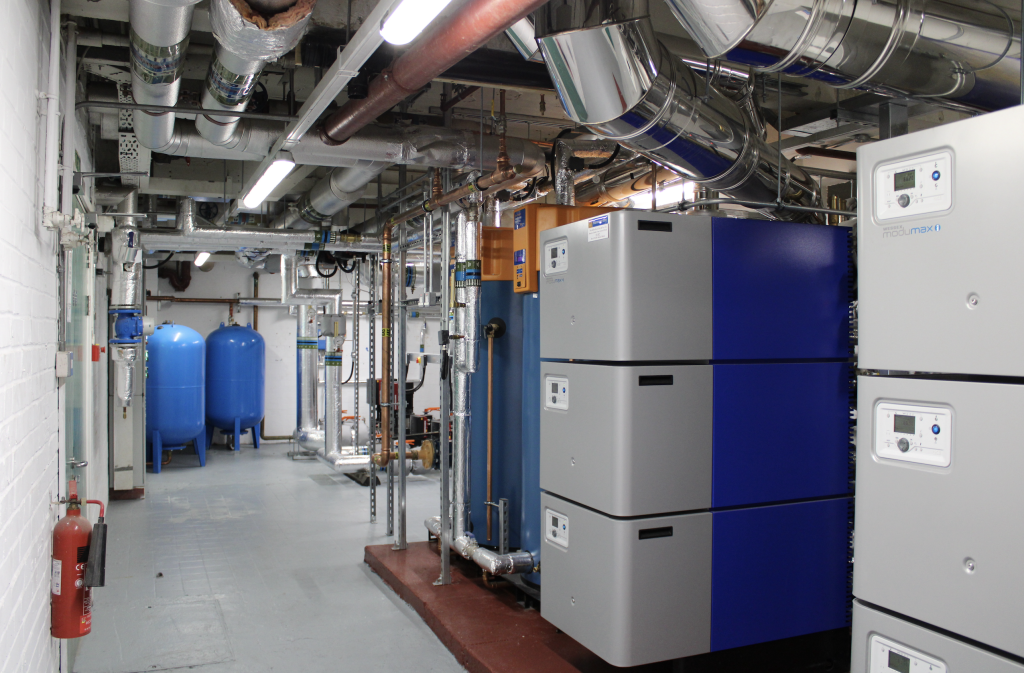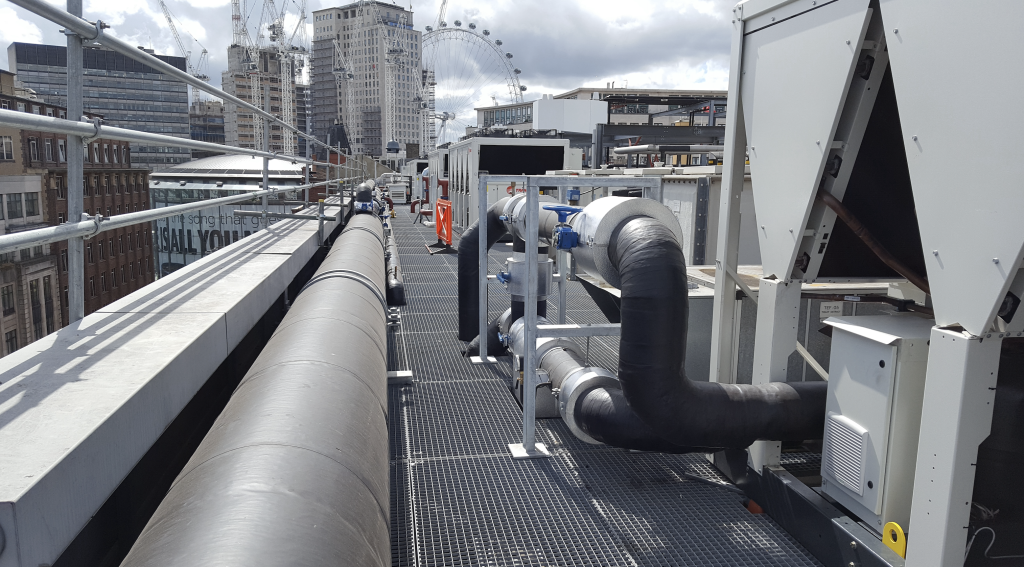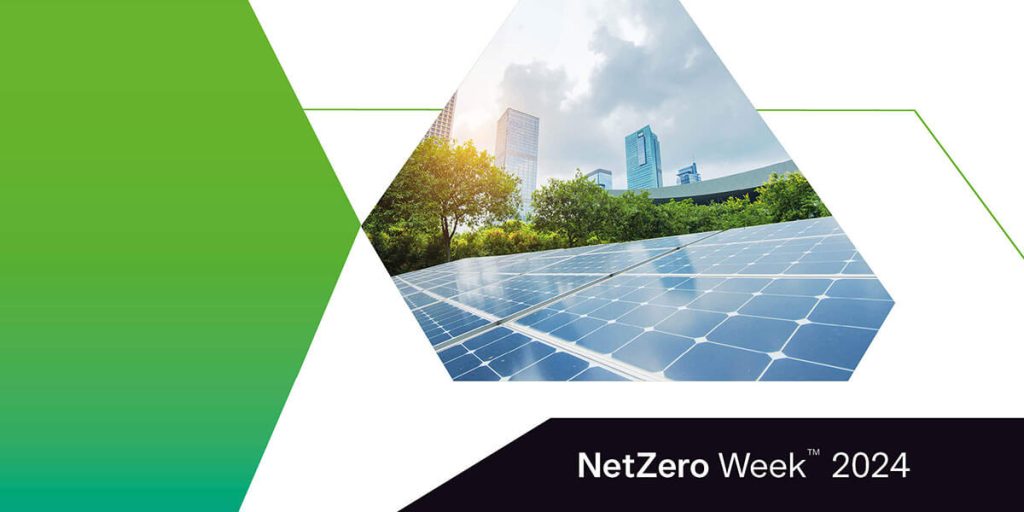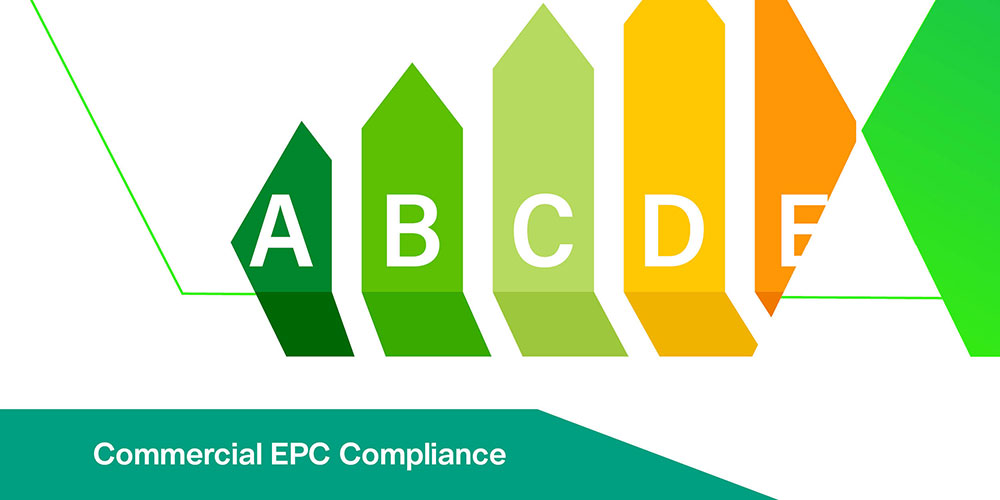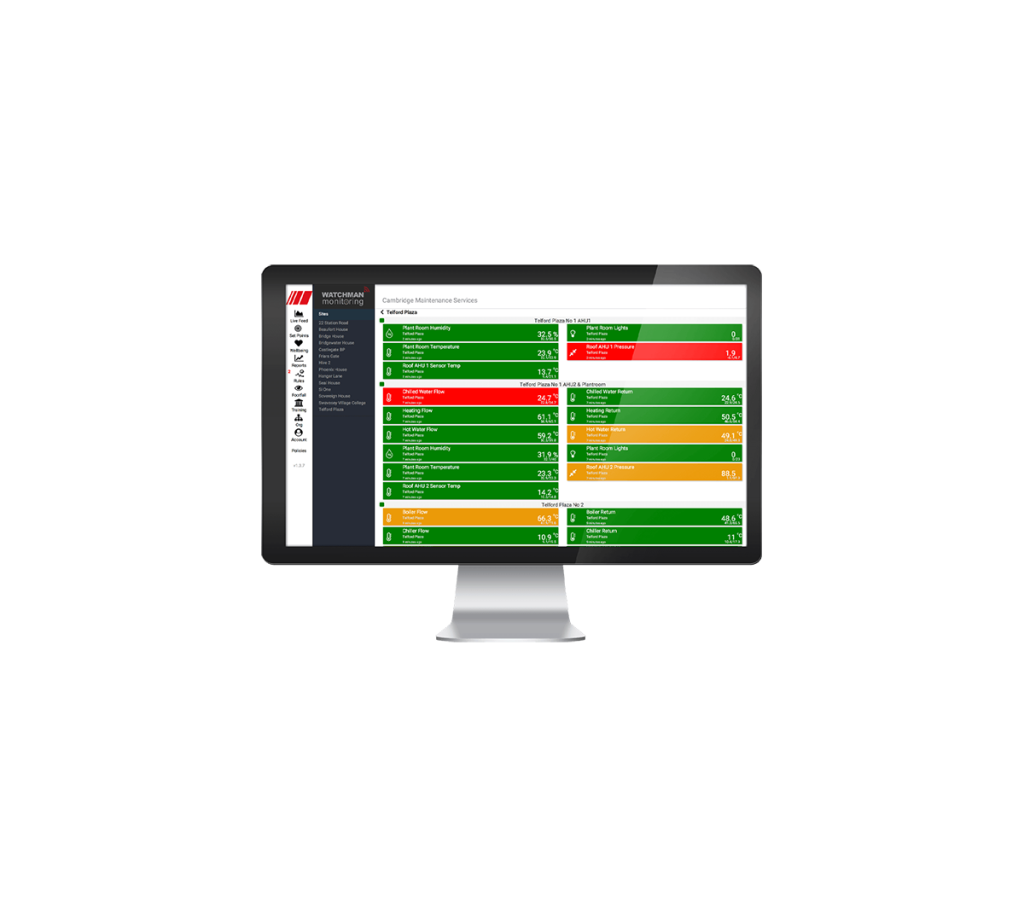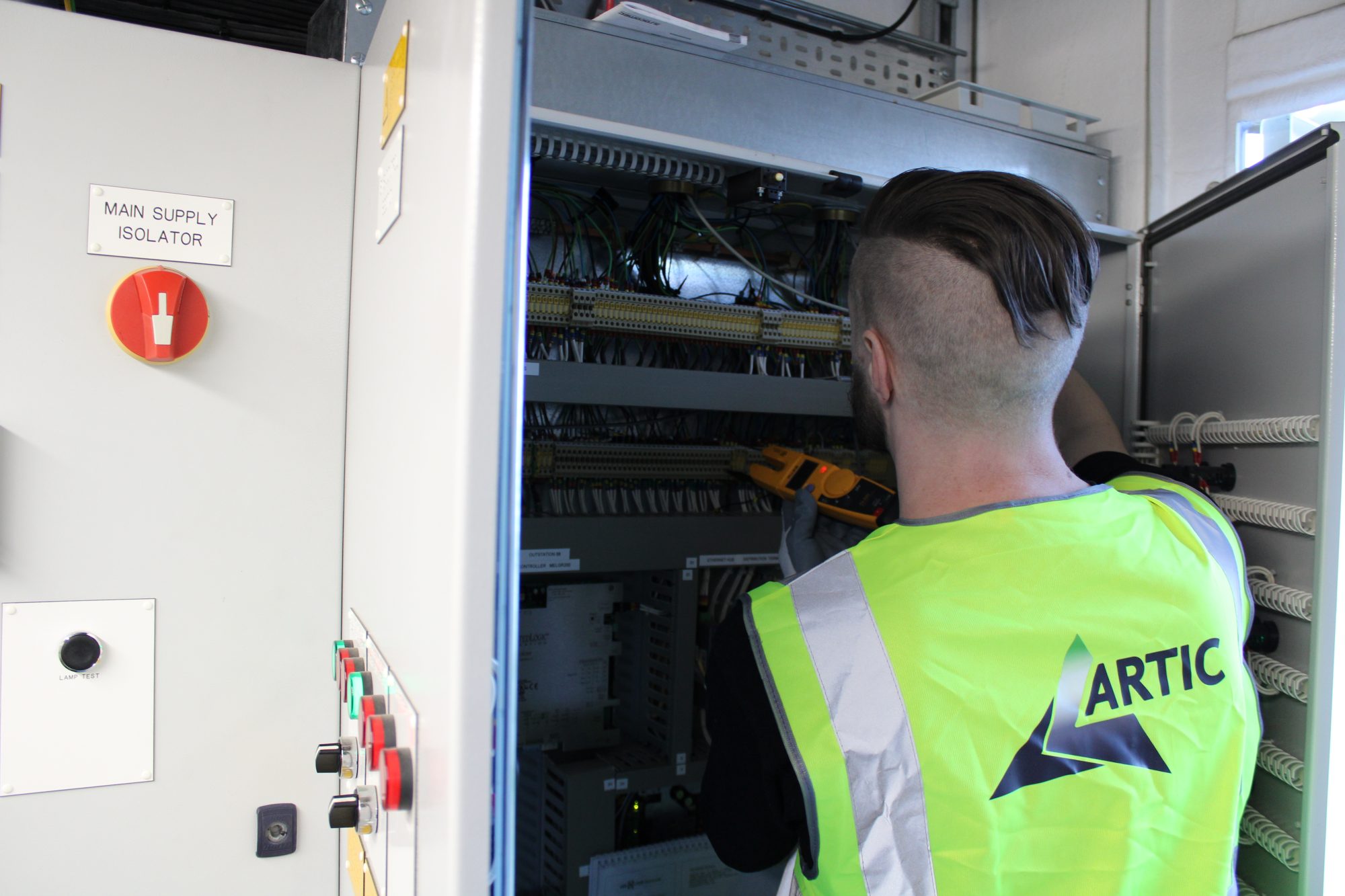
Introduction:
In our previous blogs, we discussed the importance of balancing cost-effectiveness and environmental responsibility in facilities management, conducting energy audits to identify areas for improvement, and engaging employees to achieve sustainability goals. Now, let’s take a closer look at implementing energy-efficient technologies.
Different Types of Energy-Efficient Technologies
Energy-efficient technologies are important tools for businesses looking to reduce their impact on the environment and save money on energy bills. Here are some examples of energy-efficient technologies businesses can consider:
- LED Lighting – LED lighting is much more energy-efficient than traditional lighting. By replacing incandescent or fluorescent lights with LED lights, businesses can save a significant amount of energy and reduce their carbon footprint.
- Smart Building Systems – Smart building systems can automatically adjust heating, cooling, and lighting based on occupancy and weather patterns. By using sensors to detect when a room is occupied, smart building systems can ensure that energy is not wasted on empty spaces.
- Renewable Energy Sources – Businesses can generate their own renewable energy using solar panels, wind turbines, or geothermal systems. This not only reduces energy costs but also reduces the carbon footprint of the building.
- Energy Management Systems – Energy management systems can track energy usage and identify areas where energy is being wasted. By identifying inefficiencies, businesses can implement strategies to reduce energy consumption and save money on energy bills.
- Energy-Efficient HVAC Systems – HVAC systems can consume a significant amount of energy, especially in large buildings. Upgrading to an energy-efficient HVAC system, such as a geothermal heat pump or a high-efficiency boiler, can help businesses reduce energy consumption and save money on energy bills.
- Occupancy Sensors – Occupancy sensors can be installed in rooms to detect when they are empty and turn off lights and HVAC systems to save energy.
- Window Films – Window films can be applied to windows to reduce heat gain and loss, which can help to reduce the amount of energy needed for heating and cooling.
- Building Envelope Upgrades – Upgrades to the building envelope, such as insulation, sealing air leaks, and upgrading windows and doors, can help to reduce energy consumption by reducing heat loss and gain.
While implementing energy-efficient technologies can require an initial investment, the long-term benefits are well worth it. By reducing energy consumption, businesses can lower their energy bills, which can lead to significant cost savings over time. Additionally, using these technologies can help businesses demonstrate their commitment to sustainability, which can improve their reputation and attract customers who value environmentally responsible practices.
At Artic Building Services, we understand the importance of sustainability in facilities management. That’s why we offer a range of sustainable solutions to our clients, including energy-efficient technologies, to help them achieve their sustainability goals. Contact us today to learn more about how we can help you implement energy-efficient technologies in your building.
